Russian Soyuz Spacecraft Carrying Humanoid Robot Aborts Docking at Space Station
Something went wrong just before docking.
An uncrewed Russian Soyuz spacecraft was forced to abort an attempted docking at the International Space Station early Saturday (Aug. 24) due to rendezvous system malfunction.
The Roscosmos Soyuz MS-14 spacecraft, which is carrying supplies and a humanoid robot called Skybot F-850, was on its final approach to the space station when its automated docking system failed to lock on to its intended docking port: a space-facing module called Poisk. Cosmonaut Alexey Ovchinin, the station's commander, triggered an abort command for the Soyuz at 1:36 a.m. EDT (0536 GMT) after multiple attempts to make the rendezvous with primary and backup systems failed.
"At no point was the crew in any danger," NASA spokesperson Rob Navias said of the station's six-person Expedition 60 crew during live commentary.
The Soyuz is now trailing the space station at a safe distance away in a so-called "race track orbit" that can allow additional docking attempts every 24 hours, Navias said. The next attempt will occur no earlier than overnight Sunday or early Monday (Aug. 25-26).
Infographic: How Russia's Soyuz Space Capsules Work
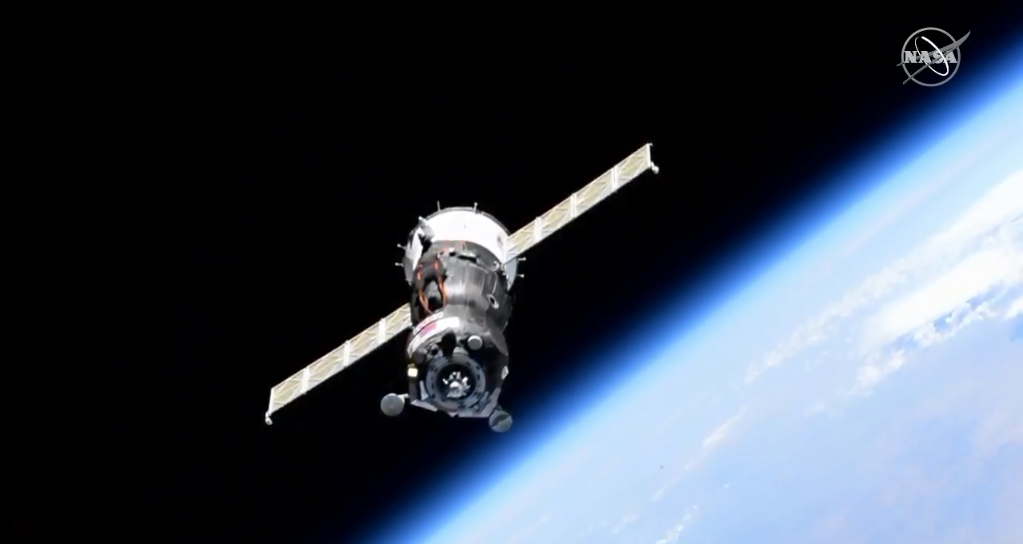
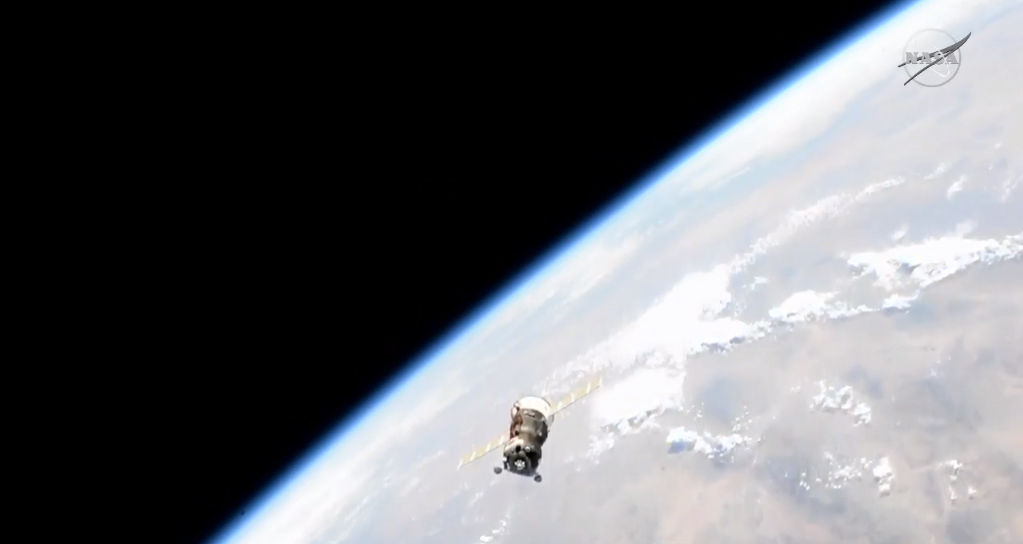
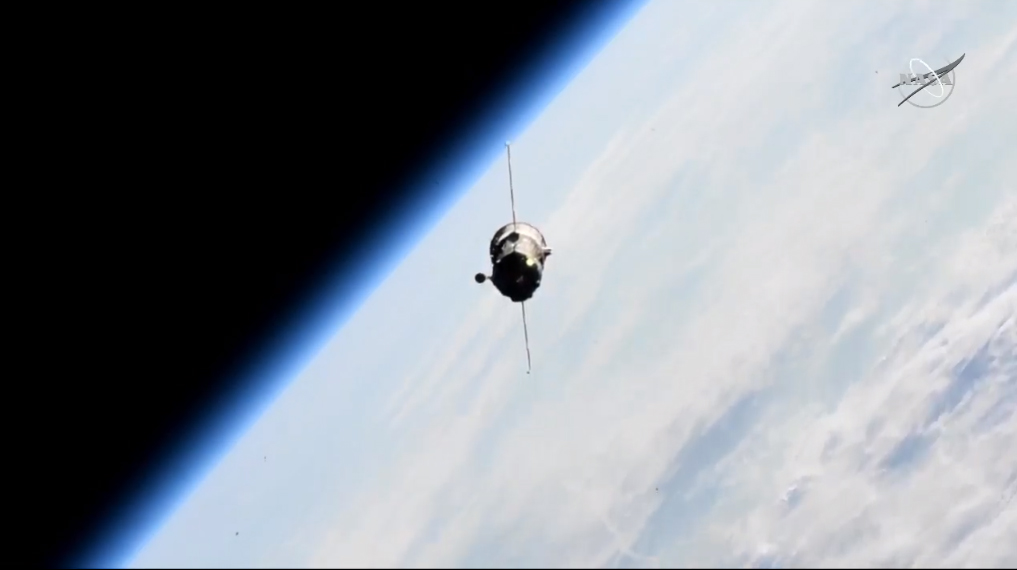
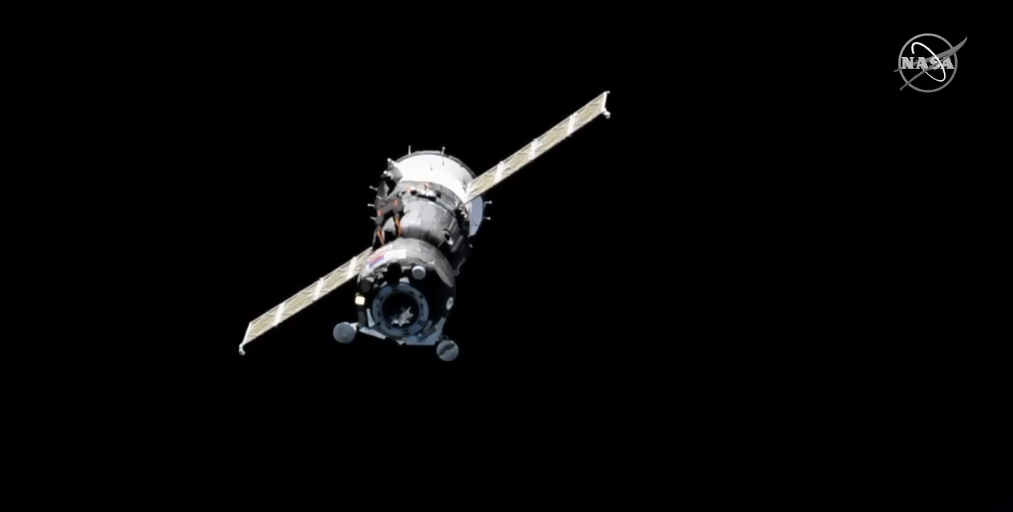
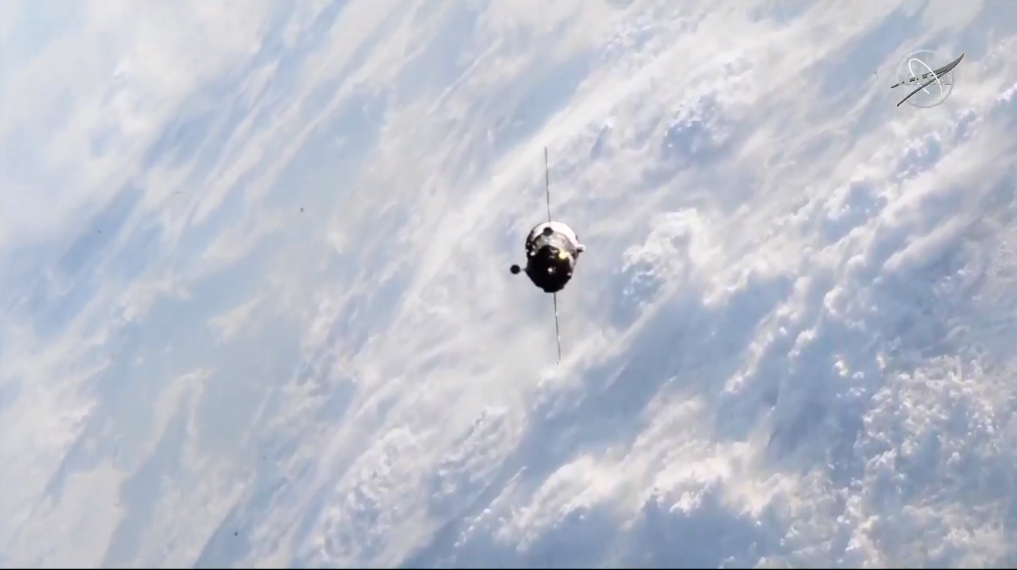
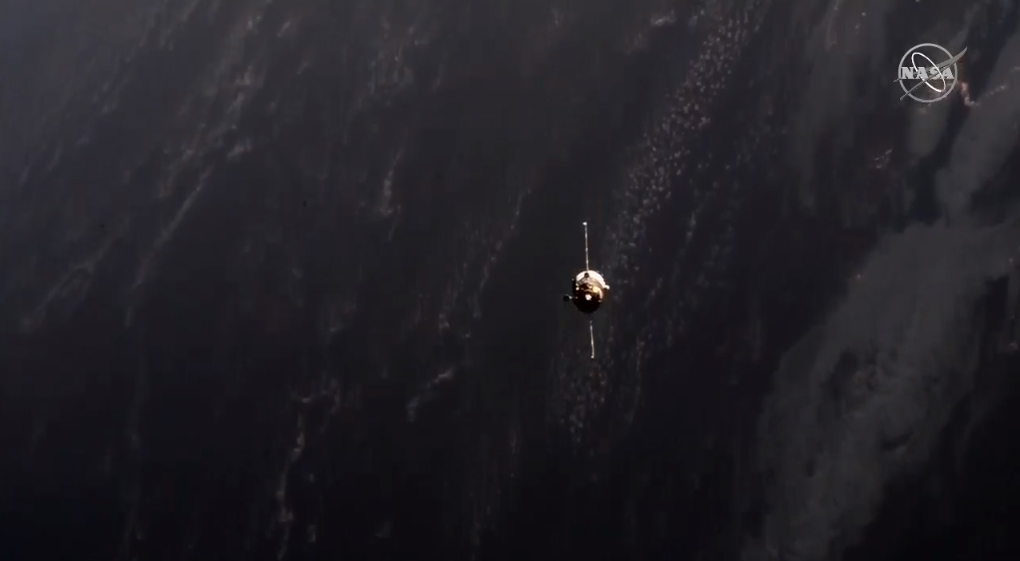
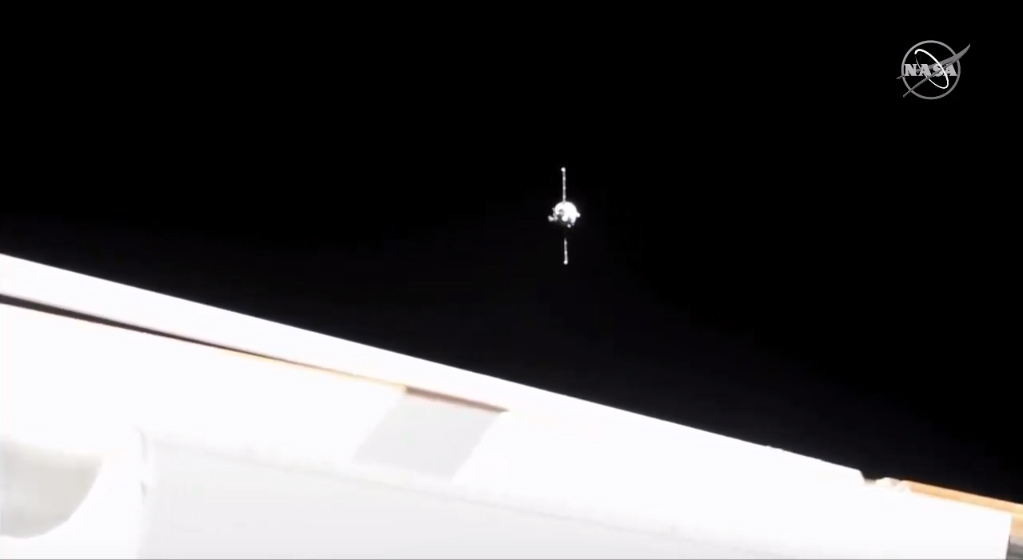
Docking abort
Roscosmos flight controllers suspect that a bad signal amplifier on the station's Kurs rendezvous system may have led to the docking abort. They've asked Ovchinin and his fellow cosmonaut Alexander Skvortsov to replace the amplifier in the hopes that solves the problem.
While the Soyuz abort posed no danger to the station's crew, NASA flight controllers did make sure that the outpost's U.S. crewmembers were alert and monitoring the situation.
Get the Space.com Newsletter
Breaking space news, the latest updates on rocket launches, skywatching events and more!
"We just wanted to let you know that the Kurs is having difficulty locking onto the target and we wanted to make sure that you were awake," Mission Control radioed the astronauts from NASA's Johnson Space Center in Houston.
Soyuz MS-14 is carrying about 1,450 lbs. (660 kilograms) of supplies for the station's crew and a robotic crewmember: Skybot F-850. The humanoid FEDOR-type robot will be used for experiments on the station and returned to Earth once the Soyuz MS-14 mission is complete.
Video: Watch the Soyuz Docking Abort as It Happened
A Soyuz test flight
The dramatic docking abort came after a flawless two-day flight of the Soyuz following a smooth launch from Baikonur Cosmodrome in Kazakhstan earlier this week. This is a rare uncrewed test flight of the Soyuz MS-14, which launched on a Soyuz 2.1a rocket typically used to carry robotic Progress cargo ships to the space station.
The test flight is aimed at verifying that Soyuz capsules can fly safely on the Soyuz 2.1a vehicle ahead of the first crewed flight on the booster in March 2020. Russian engineers equipped the Skybot F-850 robot with sensors to record conditions on the Soyuz during liftoff see what future human crews will experience.
Russia's Soyuz and Progress vehicles are designed to dock themselves at the International Space Station using an automated rendezvous system called Kurs. If that system fails on an uncrewed Progress spacecraft, cosmonauts on the station can take remote control of the freighter using a system called TORU to pilot the ship in manually.
Since Soyuz spacecraft are designed to carry human crewmembers, they do not carry a TORU system. If a Kurs system fails on a Soyuz, the capsule's cosmonaut commander can take control of the spacecraft and perform a docking manually.
But because Soyuz MS-14 launched on an uncrewed test flight, it does not have a TORU system aboard for cosmonauts to use. That was by design, since the station cosmonauts could always command it to abort if something went awry, just as they did during Saturday's docking attempt.
Still, it did sound as if some on the station lamented not being able to take remote control of Soyuz MS-14 during the abort.
"It's such a shame that we were not able to use TORU," one of the cosmonauts radioed Mission Control in Russian at one point. "We could have grabbed it to bring it in."
- Roscosmos: Russia's Space Centers and Launch Sites in Pictures
- The International Space Station: Inside and Out (Infographic)
- Cosmic Quiz: Do You Know the International Space Station?
Email Tariq Malik at tmalik@space.com or follow him @tariqjmalik. Follow us @Spacedotcom and Facebook.
Join our Space Forums to keep talking space on the latest missions, night sky and more! And if you have a news tip, correction or comment, let us know at: community@space.com.

Tariq is the Editor-in-Chief of Space.com and joined the team in 2001, first as an intern and staff writer, and later as an editor. He covers human spaceflight, exploration and space science, as well as skywatching and entertainment. He became Space.com's Managing Editor in 2009 and Editor-in-Chief in 2019. Before joining Space.com, Tariq was a staff reporter for The Los Angeles Times covering education and city beats in La Habra, Fullerton and Huntington Beach. In October 2022, Tariq received the Harry Kolcum Award for excellence in space reporting from the National Space Club Florida Committee. He is also an Eagle Scout (yes, he has the Space Exploration merit badge) and went to Space Camp four times as a kid and a fifth time as an adult. He has journalism degrees from the University of Southern California and New York University. You can find Tariq at Space.com and as the co-host to the This Week In Space podcast with space historian Rod Pyle on the TWiT network. To see his latest project, you can follow Tariq on Twitter @tariqjmalik.









